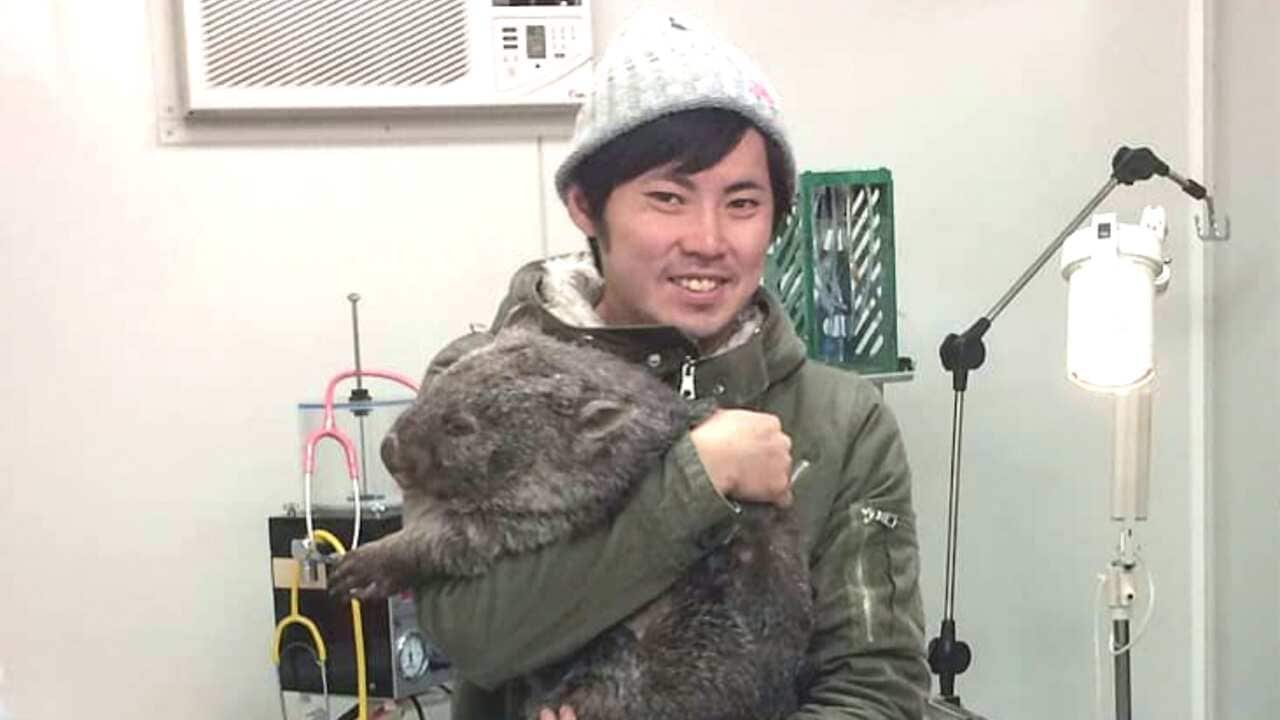Mange is one of the major threats faced by Australian wombats today.
Caused by mites that burrow under a wombat's skin, it leads to extreme itchiness, fur loss, crusty skin, infection, diminished vision and malnutrition, eventually leading to a slow and painful death.
According to Kotaro Takano, a PhD candidate at the University of Sunshine Coast, over 90% of the wombats in Tasmania's Narawntapu National Park have died as a result of the condition. Mange has been confirmed in more than 100 species of mammals to date, including humans, but it is significantly wide spread in wombats, due to their burrows providing an optimal condition for the mites to thrive, as well as wombat's characteristics to 'share' burrows, says Mr Takano.
Mange has been confirmed in more than 100 species of mammals to date, including humans, but it is significantly wide spread in wombats, due to their burrows providing an optimal condition for the mites to thrive, as well as wombat's characteristics to 'share' burrows, says Mr Takano.

Wombat suffering mange, a parasitic skin infestation Source: Kotaro Takano
The most heavily affected of these species is the bare-nosed wombats, which is also known as the Common wombat- although it is becoming much less common.
Mange is treatable, however the need for repeated administration makes eradication of the disease extremely challenging in the wild.
"The treatment is only affective for about a week, while the mite can thrive without a host for 2-3 weeks"
Mr Takano is looking at the possibility of the mites having acquired immunity to the treatments currently available for the wombat mange. Mr. Takano, who has always had a love of animals, came to Australia in 2012 from Japan, after graduating from high school to study zoology at the University of Tasmania.
Mr. Takano, who has always had a love of animals, came to Australia in 2012 from Japan, after graduating from high school to study zoology at the University of Tasmania.

Although sarcoptic mange is treatable, the need for repeated administration makes controlling the disease in the wild very challenging Source: Kotaro Takano
His opportunity to study wombats came "by chance," when Mr Takano was looking for ways to "escape from exams" in the third year of his degree.
"I hated exams, it really stressed me"
After learning that you could do a research project instead of sitting for an exam, Mr Takano took up the offer to research about the burrows of the wombats.
Although his encounter with wombat was by chance, he soon became fascinated and fell in love with the unique characteristics of the wombats. Mr Takano hopes to contribute to the conservation of not only wombats, but other animals through his research.
Mr Takano hopes to contribute to the conservation of not only wombats, but other animals through his research.

Source: Kotaro Takano
"I just want to do the best I can in everything I do" says Mr Takano.
For Mr Takano's interview in Japanese, listen from below.
LISTEN TO

動物の保全に貢献したい ウォンバット研究者 高野光太郎さん
SBS Japanese
10:33
Listen to SBS Japanese Radio on Tue, Thu and Sat from 10pm






